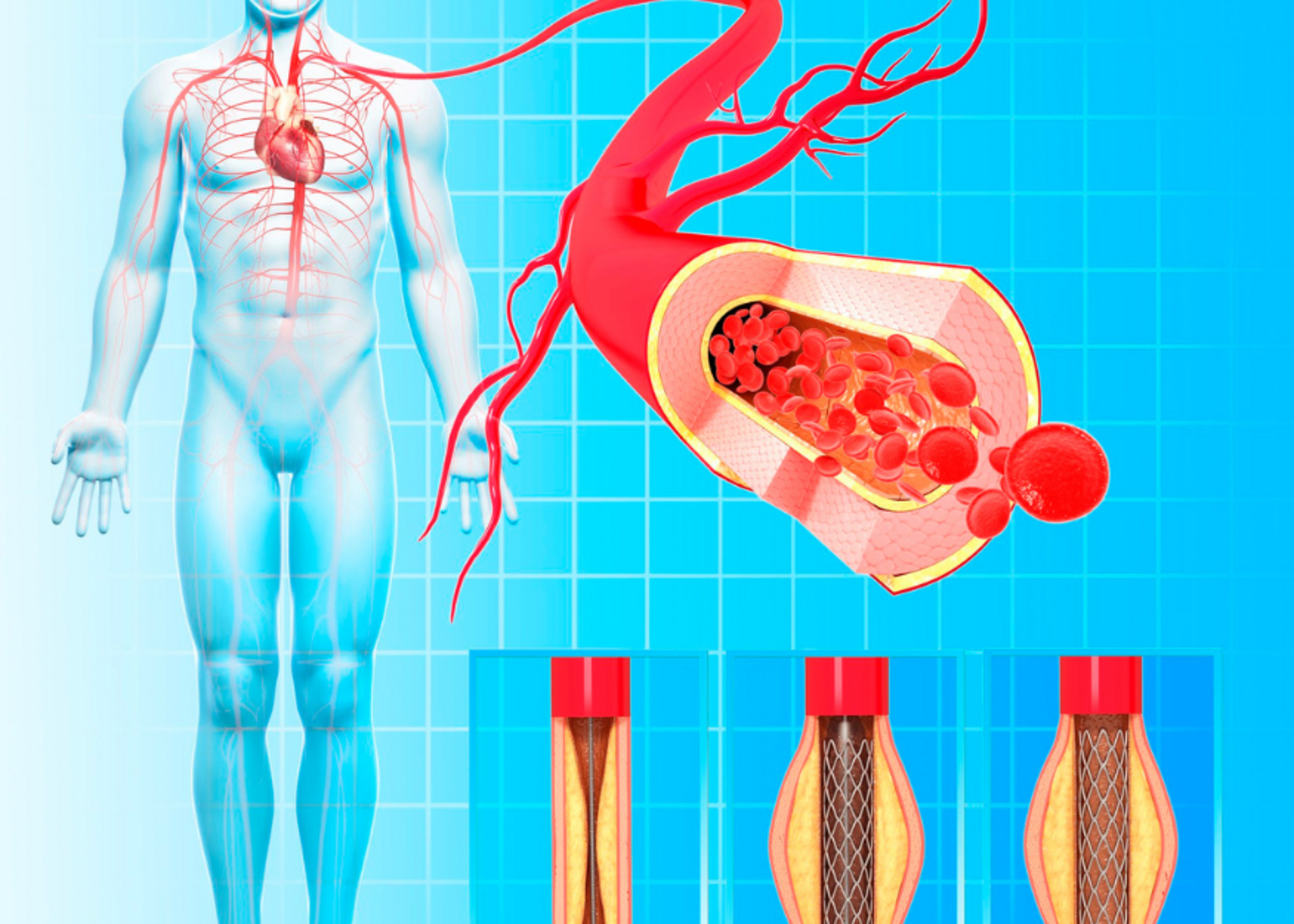Heart health is vital for overall well-being, and coronary artery disease (CAD) remains one of the most common and serious heart conditions worldwide. A coronary stent is a small but life-saving device used to treat narrowed or blocked arteries and restore normal blood flow to the heart. But how do you know when you might need one?
As a leading Interventional Cardiologist in Latur, Dr. Mehul Rathod helps patients understand the signs, symptoms, and tests that lead to the decision for stent placement. Early diagnosis and timely treatment can prevent major complications like heart attacks.
What Is a Coronary Stent?
A coronary stent is a tiny, mesh-like metal tube that is inserted into a narrowed artery to keep it open. The stent is usually placed during a procedure called angioplasty, where a balloon is used to widen the artery before placing the stent. Some stents are drug-eluting, meaning they release medication to prevent the artery from narrowing again.
Why Do You Need a Coronary Stent?
The main reason for placing a stent is coronary artery disease (CAD). In CAD, plaque buildup (made of cholesterol, fat, and other substances) narrows the arteries supplying blood to the heart. This reduces oxygen supply and increases the risk of chest pain, heart attack, or even sudden cardiac death.
A stent is typically recommended when:
- Medications and lifestyle changes are not enough
- There is a significant blockage in the coronary arteries
- You’ve had a heart attack and need to restore blood flow quickly
Symptoms That May Indicate a Blocked Artery
Some people may not experience any symptoms until the blockage is severe. However, the following signs should never be ignored:
1. Chest Pain or Discomfort (Angina)
- Feels like pressure, tightness, heaviness, or burning
- Usually triggered by physical activity or stress
- Often relieved by rest or medication
2. Shortness of Breath
- Occurs with exertion or even at rest
- May indicate the heart isn’t getting enough oxygen-rich blood
3. Fatigue or Weakness
- Especially if it’s sudden or unexplained
- Can be a warning sign in both men and women
4. Pain in the Arms, Neck, Jaw, or Back
- These are referred pain areas during a cardiac event
5. Heart Attack Symptoms
- Chest pain lasting more than a few minutes
- Sweating, nausea, dizziness
- A sense of impending doom
If you experience these symptoms, especially in combination, it’s important to seek immediate medical attention.
Diagnosis: How Doctors Determine the Need for a Stent
To decide whether you need a coronary stent, a cardiologist like Dr. Mehul Rathod will conduct a series of evaluations:
1. Electrocardiogram (ECG)
- Measures the electrical activity of the heart
- Helps detect signs of a previous or ongoing heart attack
2. Echocardiogram
- Uses sound waves to create images of the heart
- Shows how well your heart and valves are functioning
3. Stress Test
- Assesses how your heart works during physical activity
- Helps detect exercise-induced angina or irregular rhythms
4. Coronary Angiography
- The most definitive test to detect blockages
- A contrast dye is injected into the coronary arteries through a catheter
- X-ray images show the exact location and severity of blockages
If a significant blockage is found during angiography, a stent can often be placed immediately during the same procedure, ensuring prompt restoration of blood flow.
Benefits of a Coronary Stent
- Relieves chest pain
- Improves blood flow to the heart
- Reduces the risk of heart attack
- Improves quality of life and exercise tolerance
- Often a faster recovery compared to bypass surgery
Recognizing the warning signs and acting early can be life-saving. A coronary stent is a minimally invasive and highly effective solution for treating blocked arteries. If you or a loved one experiences any symptoms mentioned above, don’t delay—consult a cardiologist.
Dr. Mehul Rathod, Consultant Interventional Cardiologist in Latur, offers expert evaluation, accurate diagnosis, and advanced cardiac care tailored to your needs. With timely intervention, you can protect your heart and live a healthier, longer life.
